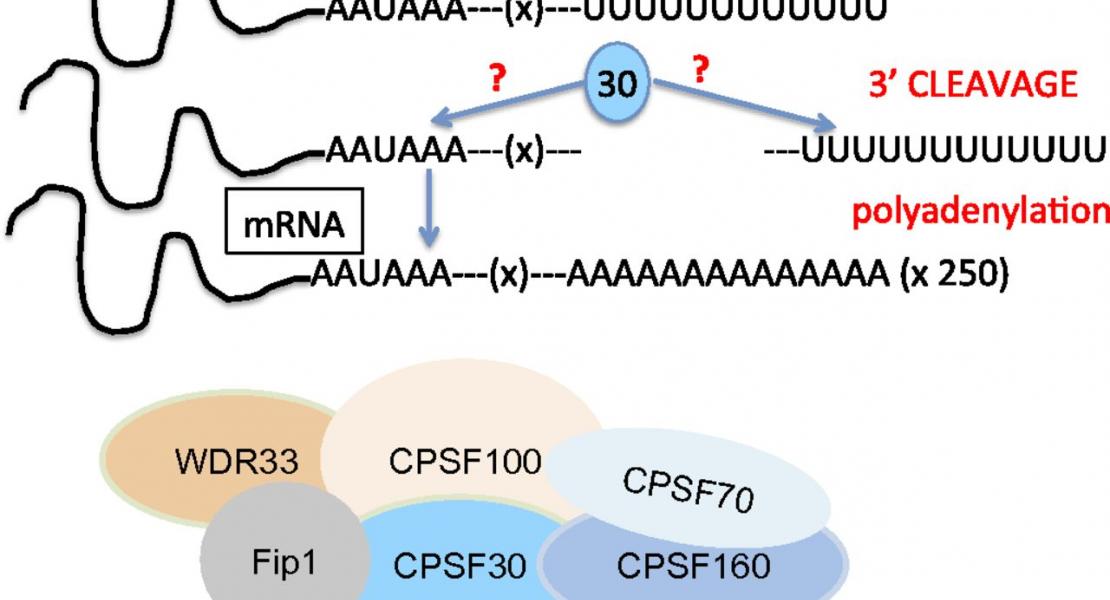Cellular stress alters 3'UTR landscape through alternative polyadenylation and isoform-specific degradation
Authors
06-20-2018
HSW 1057
12:00pm
PST

